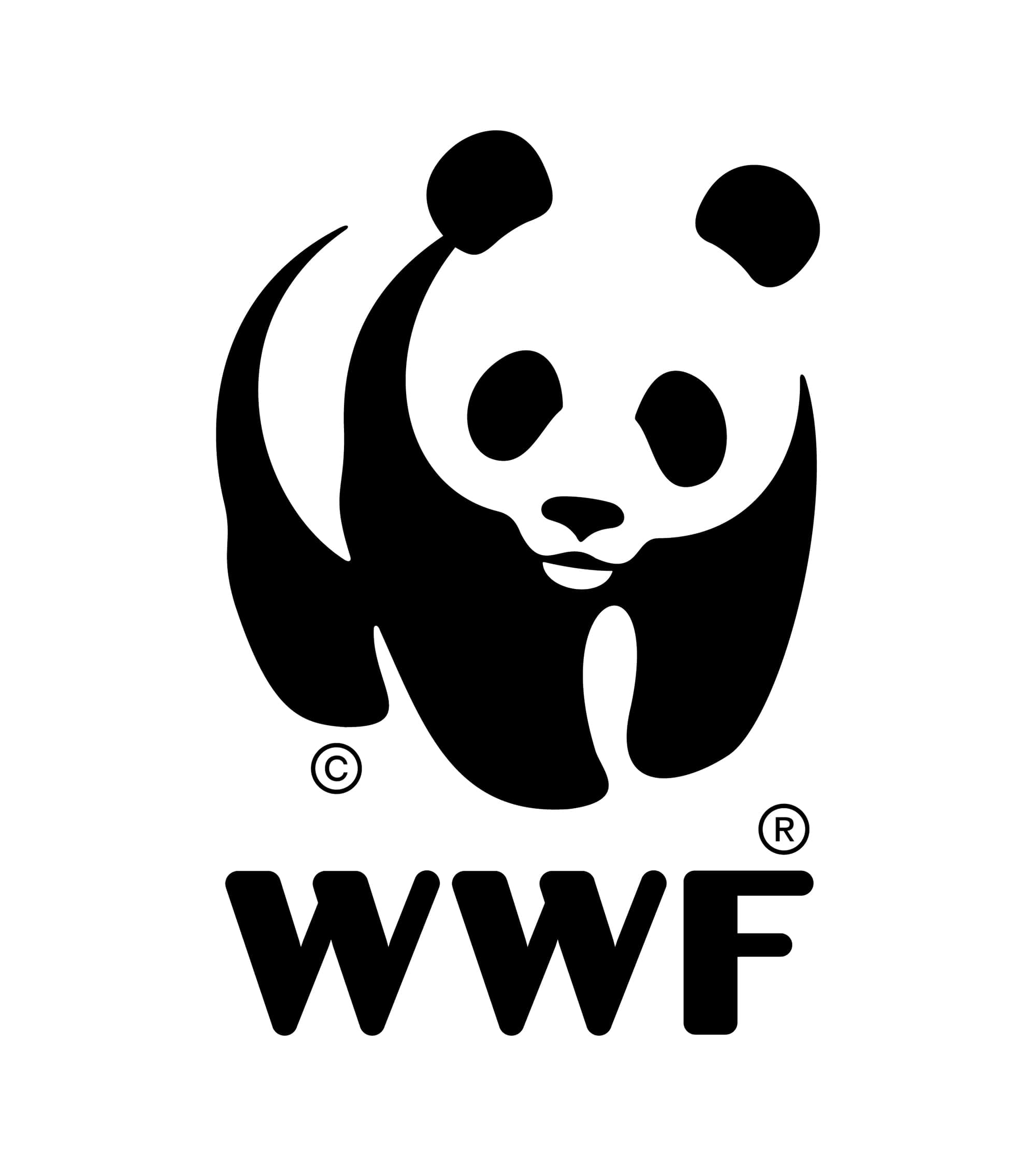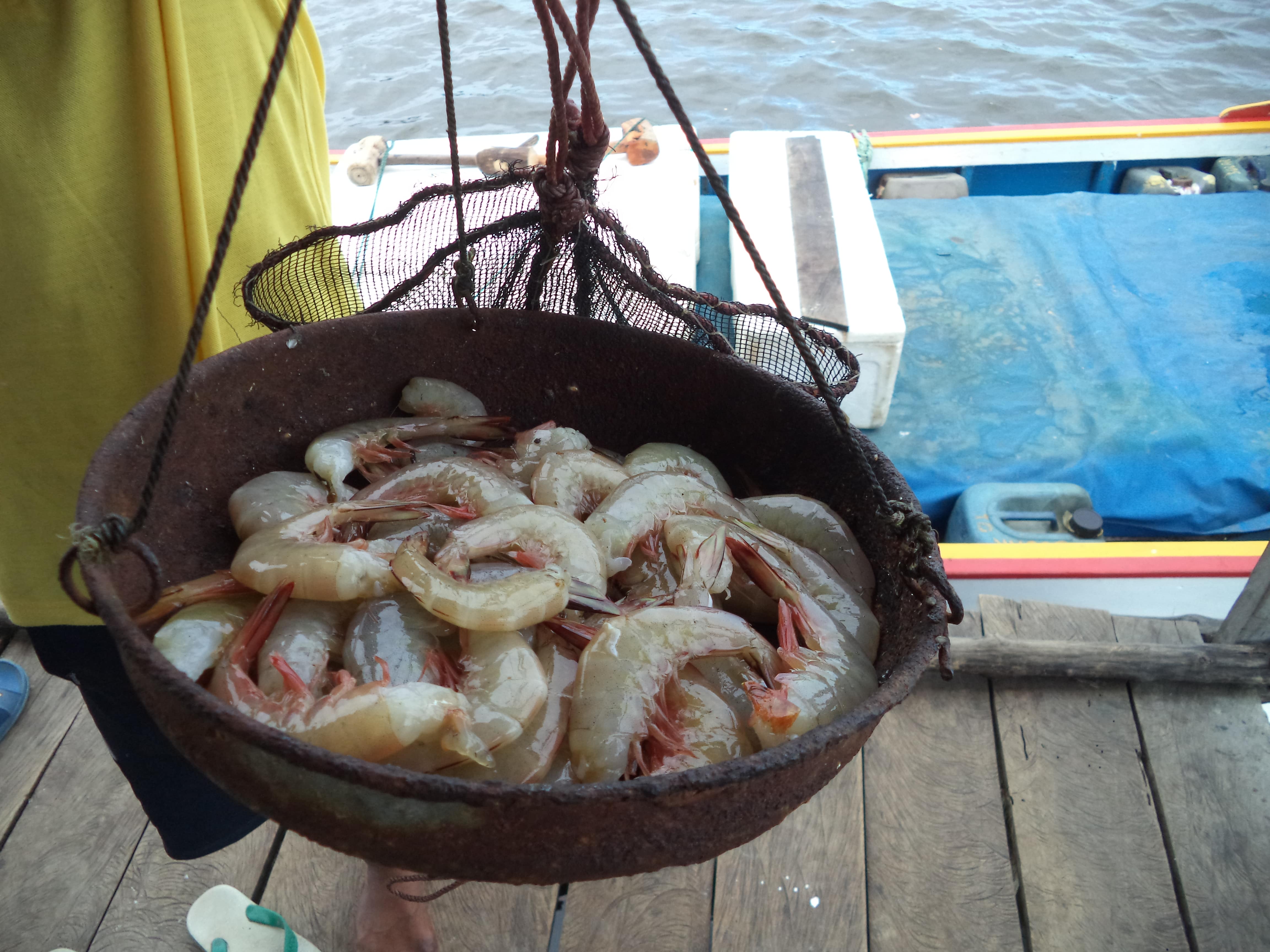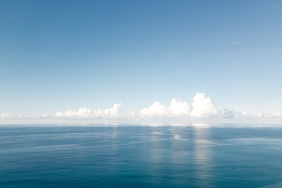THE POLEMIC OF INANWATAN FISHERMEN, SOUTH SORONG
Inanwatan District is part of the South Sorong Regency, West Papua Province which has an area of 960.54 km2 with a population of 3,365 people (Central Bureau of Statistics/BPS) Sorong Regency South in 2016). their main livelihood are fishermen with the main catches Banana Shrimp (Penaeus merguiensis) and Tiger Shrimp (Penaeus monodon). This abundant potential for shrimp is because the Inanwatan area still has a mangrove ecosystem that is well maintained.
In making catches, Inanwatan fishermen still use traditional tools such as boats commonly known as katinting, with an engine capacity of 5.5 PK. Some fishermen use long boats which are made from fiber and wood. And there are also those who still use paddles and sails. The fishing gear used daily is a net or so-called trammel net (three-layer net) with a mesh size of 1-2 inches. Identified the total number of catches shrimp vary from 0.1 ounce to + 40 kg in one catch, while fishing activities are only half a day from 05.00-18.00 WIT.
The Inanwatan fishermen's shrimp fishing area is not too far away, only around the coast and rivers up to the estuary, approximately 1-5 miles from the mainland. This is due to the factor of the fishing fleet which is still traditional in nature, the catch is also very dependent on weather conditions. During the season of strong winds and big waves, fishermen usually don't go to sea, while those who choose to go to sea have very little catch. The price of shrimp in the Inanwatan District is IDR 60,000 in a headless condition and mixed between banana shrimp and tiger shrimp without size separation. They usually sell these shrimp to collectors who come from Sorong City using jolor fleets and anchor at the port of Inanwatan District.
Observations made by WWF-Indonesia's fisheries enumerator team as implementing partners for the USAID Sustainable Ecosystems Advanced Project (USAID SEA Project) show that there are problems in the fishermen sector. The main problems are the lack of skills of Inanwatan fishermen to repair or make nets and the lack of ability of fishermen to manage finances.
Even though the nets used were damaged marked by tears in the nets, they still used them, as a result the results caught were less than optimal. When they are no longer fit for use, most fishermen often buy nets, and ironically the nets they can afford are mostly used nets from fishermen from other areas.
“I brought used nets from other areas because the fishermen in Inanwatan asked for it. The payment can be done by deducting money from the results of weighing their shrimp until they are finally paid off,” said Mr. Ali, a shrimp collector from Sorong who has been buying shrimp in the Inanwatan District for decades. So they pay for the nets in installments from the money they weigh, for example they get Rp. 60,000 then the money is deducted by Rp.10,000 to pay for the nets, and so on until it is paid off.
The habit of spending the proceeds from selling shrimp in one day makes Inanwatan fishermen not used to saving. Though the catch of shrimp may not be there the next day. When the shrimp catching season comes, for example in February 2018, the average yield of Inanwatan fishermen's shrimp catches reaches 3,039.5 kg, while during the famine season it occurs in November with an average yield of 90.1 kg. During the peak season, fishermen can earn one to two million rupiah per day. But when it's not the fishing season, the value you get is only around IDR 50,000/day, maybe even less, aka minus.
The staple food of the people in Inanwatan is papeda which is made from sago plus netted fish, besides that they also like to eat instant noodles and eggs. They sell prawns but don't spare any prawns for the side dishes they eat. They sell all the shrimp then they buy eggs and instant noodles from the kiosk, which are lower in nutrition than the shrimp or fish they get.
During the fishery data collection process, the WWF-Indonesia team also tried to help find solutions to promote the Fisheries Improvement Program (Fisheries Improvement Program/FIP) by collaborating with companies, collectors and even fishermen from South Sorong, in the form of introducing a log book system. This aims to record their main and by-product catches. So that the origin of the catch can be traced, the type and amount of their catch and can be used as a reference for the stock of fish/shrimp populations in the waters of their catch. This aims to collect initial information related to capture fisheries practices so that sustainable fishery improvements can be carried out.
During the data collection process it also produces data related to potential areas where endangered species are located, fish spawning areas and fish rearing areas. So by referring to these data WWF-Indonesia can recommend water conservation areas for sustainable fisheries.





